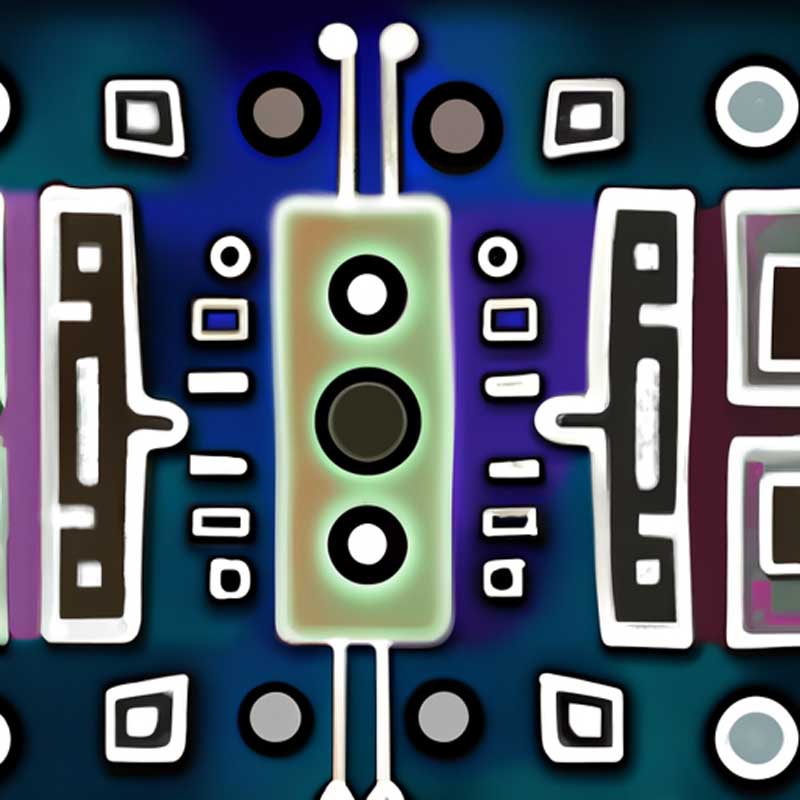TLDR:
- Microsoft Research has unveiled VASA, an AI framework that can generate lifelike talking faces from a single portrait and speech audio.
- VASA has the potential to make webcams obsolete by synthesizing realistic facial expressions and speech, raising concerns about deepfakes and ethical AI use.
Get ready for AI to make videos from just your picture. Microsoft Research recently unveiled VASA, a new AI framework demonstration capable of generating “hyper-realistic” talking faces from a single portrait and speech audio, possibly reducing the reliance on webcams. The new technology introduces a shift in video conferencing, potentially making webcams obsolete by synthesizing lifelike facial expressions and speech. As experts delve into the practical applications of this technology, they also raise concerns about its possible misuse in creating deepfakes.
Key Elements
Microsoft’s VASA-1 system allows users to create lifelike facial expressions and speech from a single portrait and audio, potentially making webcams unnecessary. The technology raises concerns about the ethical use of AI and the potential for deepfake creation. Organizations will need to be cautious in areas such as hiring processes with the advancement of AI-powered video tools like VASA.
VASA-1, the first in a series of AI tools, enables users to adjust eye movements, perceived distance, and emotions of generated avatars. Microsoft emphasizes that the system is not intended for misleading or harmful purposes, but rather for positive applications such as virtual conversations in real-time with human-like avatars.
The potential impact of VASA includes challenges related to authenticity, as concerns about deepfakes rise. The Federal Trade Commission is considering regulations to address impersonation fraud, highlighting the risks associated with new technologies like AI-generated deepfakes. Organizations and individuals will need to navigate the evolving landscape of video technology and its implications for trust and security.
